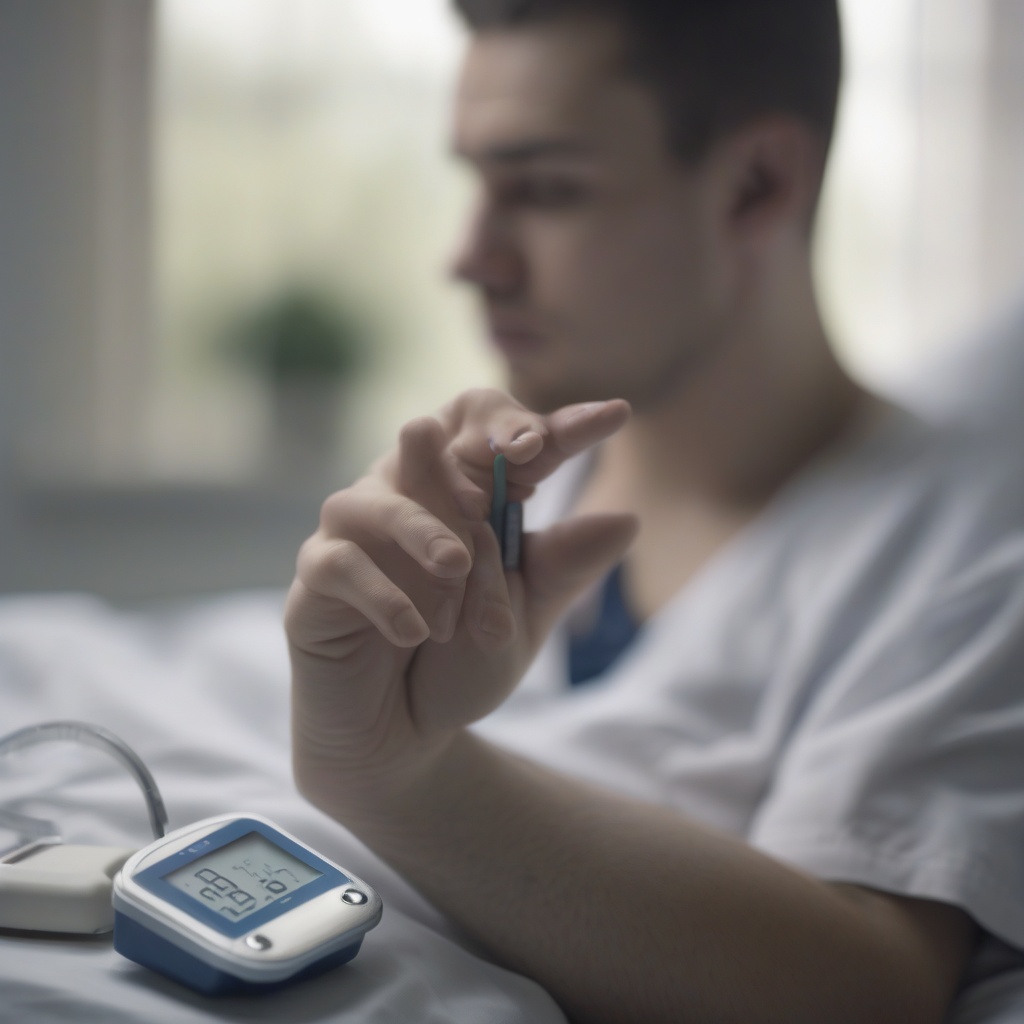6 Common Symptoms of Type 1.5 Diabetes You Should Never Ignore or Misdiagnose
Type 1.5 diabetes, also known as latent autoimmune diabetes in adults (LADA), is a form of diabetes that shares characteristics of both type 1 and type 2 diabetes. It is often misdiagnosed as type 2 diabetes, but it requires a different treatment approach. If left untreated or misdiagnosed, type 1.5 diabetes can lead to serious complications. In this article, we will explore six common symptoms of type 1.5 diabetes that you should never ignore or misdiagnose.
What is Type 1.5 Diabetes?
Type 1.5 diabetes is a chronic condition that occurs when the body’s immune system attacks and destroys the cells in the pancreas that produce insulin, a hormone that regulates blood sugar levels. This results in a deficiency of insulin production, leading to high blood sugar levels. Like type 1 diabetes, type 1.5 diabetes is an autoimmune disease, but it typically develops in adults, often after the age of 30.
Symptoms of Type 1.5 Diabetes
The symptoms of type 1.5 diabetes can be similar to those of type 2 diabetes, making it challenging to diagnose. However, there are some distinct symptoms that you should be aware of:
- Increased Thirst and Urination: As with other forms of diabetes, increased thirst and urination are common symptoms of type 1.5 diabetes. When blood sugar levels are high, the kidneys produce more urine to remove excess glucose, leading to dehydration and increased thirst.
- Fatigue: Fatigue is a common symptom of type 1.5 diabetes, as high blood sugar levels can cause energy crashes and lethargy. If you find yourself feeling tired or sluggish, even after getting enough rest, it could be a sign of type 1.5 diabetes.
- Blurred Vision: Blurred vision is another symptom of type 1.5 diabetes. High blood sugar levels can cause the lens in the eye to swell, leading to blurred vision or changes in vision.
- Slow-Healing Wounds: Slow-healing wounds can also be a symptom of type 1.5 diabetes. High blood sugar levels can affect the body’s ability to heal wounds, leading to slow recovery times.
- Tingling or Numbness in Hands and Feet: Tingling or numbness in the hands and feet, also known as neuropathy, can be a symptom of type 1.5 diabetes. High blood sugar levels can damage the nerves, leading to these sensations.
- Unexplained Weight Loss: Unexplained weight loss is a symptom of type 1.5 diabetes, as the body may start to break down muscle and fat for energy due to a lack of insulin.
Why is it Important to Diagnose Type 1.5 Diabetes Correctly?
Diagnosing type 1.5 diabetes correctly is crucial, as it requires a different treatment approach than type 2 diabetes. If left untreated or misdiagnosed, type 1.5 diabetes can lead to serious complications, such as:
- Diabetic ketoacidosis (DKA), a life-threatening condition that occurs when the body produces high levels of ketones
- Nerve damage (neuropathy)
- Kidney damage (nephropathy)
- Blindness or vision loss
“When these symptoms occur, the autoimmune process has been going on for some time, and the body’s insulin production has already started to decline,” says Dr. [Last Name]. “It is essential to seek medical attention if you experience any of these symptoms, as early diagnosis and treatment can help prevent long-term complications.”
Conclusion
Type 1.5 diabetes is a chronic condition that requires prompt diagnosis and treatment. By being aware of the common symptoms, you can take the first step towards getting diagnosed and treated. If you experience any of the symptoms mentioned in this article, consult your doctor immediately. With proper treatment and management, it is possible to manage type 1.5 diabetes and prevent long-term complications. Learn more about type 1.5 diabetes and its symptoms to protect your health.



